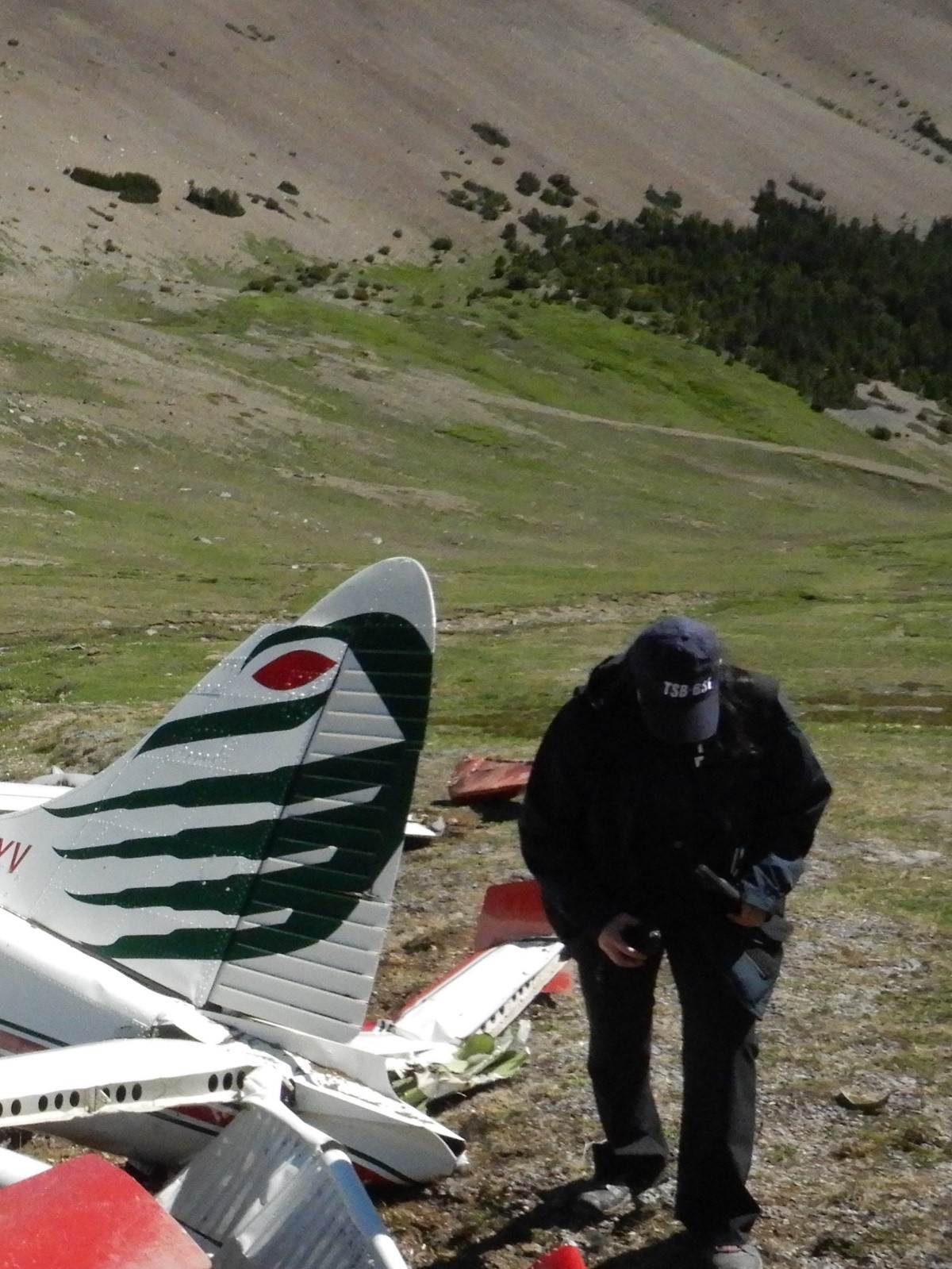Collision with terrain
Tyax Air Service Limited
de Havilland DHC-2 MK. I (Beaver), C-GIYV
Pemberton Aerodrome, British Columbia, 52 NM NNW
The occurrence
At 1021 Pacific Daylight Time on 17 July 2022, the Tyax Air Service Limited float-equipped de Havilland DHC-2 MK. I (Beaver) aircraft (registration C-GIYV, serial number 1488) departed Tyaughton Lake, British Columbia, for a visual flight rules flight to Lorna Lake, British Columbia, with 1 pilot and 5 passengers on board. At approximately 1040, during cruise, the pilot attempted a course reversal in a valley, and the aircraft subsequently collided with terrain. The pilot and 2 of the passengers received serious injuries while 3 passengers received minor injuries. The aircraft was substantially damaged. The 406 MHz emergency locator transmitter activated but search and rescue efforts were delayed by approximately 3 hours due to low ceilings near the accident site.
Media materials
News release
TSB releases investigation report into float plane crash near Lorna Lake, British Columbia
Read the news release
Deployment notice
TSB is deploying a team of investigators following a floatplane accident near Lorna Lake, British Columbia
Richmond, British Columbia, 19 July 2022 — The Transportation Safety Board of Canada (TSB) is deploying a team of investigators following a floatplane accident that occurred on 17 July near Lorna Lake, British Columbia. The TSB will gather information and assess the occurrence.
Investigation information
Download high-resolution photos from the TSB Flickr page.
Class of investigation
This is a class 3 investigation. These investigations analyze a small number of safety issues, and may result in recommendations. Class 3 investigations are generally completed within 450 days. For more information, see the Policy on Occurrence Classification.
TSB investigation process
There are 3 phases to a TSB investigation
- Field phase: a team of investigators examines the occurrence site and wreckage, interviews witnesses and collects pertinent information.
- Examination and analysis phase: the TSB reviews pertinent records, tests components of the wreckage in the lab, determines the sequence of events and identifies safety deficiencies. When safety deficiencies are suspected or confirmed, the TSB advises the appropriate authority without waiting until publication of the final report.
- Report phase: a confidential draft report is approved by the Board and sent to persons and corporations who are directly concerned by the report. They then have the opportunity to dispute or correct information they believe to be incorrect. The Board considers all representations before approving the final report, which is subsequently released to the public.
For more information, see our Investigation process page.
The TSB is an independent agency that investigates air, marine, pipeline, and rail transportation occurrences. Its sole aim is the advancement of transportation safety. It is not the function of the Board to assign fault or determine civil or criminal liability.
